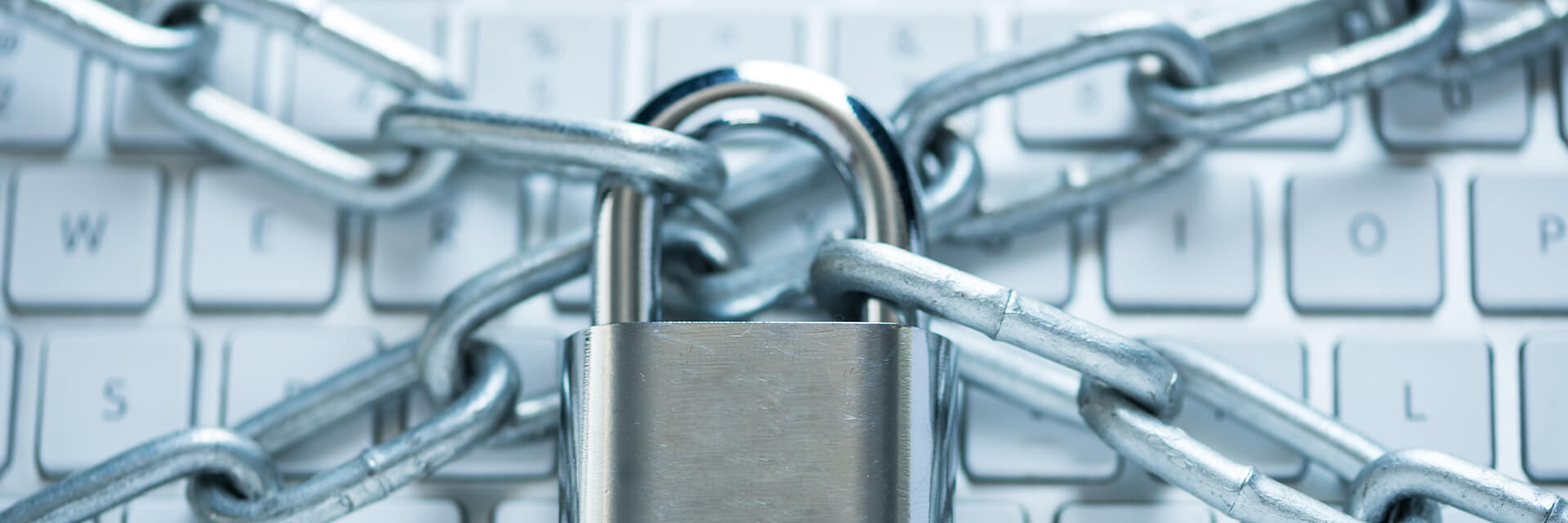
Leveraging Sensitivity Labels for Data Classification
- Published
- Mar 3, 2023
- Share
By Cozmin Straton
What are sensitivity labels?
Sensitivity labels are digital stamps applied to business documents or emails to indicate their sensitivity level. A label provides users with options to classify and protect their documents’ data and information. For organizations that seek to protect and organize sensitive data, they should consider leveraging sensitivity labels or similar digital rights management tools. These labels can be customized to help businesses order their data into different categories such as public, confidential or restricted. In addition to business documents and emails, labels can be applied to meeting or chat platforms, SharePoint sites and more.
Data protection measures include encryption, watermarking and other access controls the purpose of which is that sensitive information is not accidentally shared with unauthorized individuals or accessed by unauthorized devices. Businesses can establish policies that can be preset, which will automatically mandate this protection based on data found in the files or based on user assignments. Once the policies are created, the labels can enforce the protection level that is needed for the specific documents.
Implementing Sensitivity Labels
Sensitivity labels can be created and managed by administrators and can be customized to meet the specific needs of an organization. Once created, they can be applied to individual files or groups of files and can be easily changed or removed as needed. Labels can be applied to a wide range of file types, including Microsoft Word documents, Excel spreadsheets, PowerPoint presentations and PDF files. They can be applied to email messages and instant messages as well.
When a sensitivity label is applied to a file, it is automatically protected according to the data protection policy specified in the label. For instance, if a sensitivity label includes the requirement to encrypt the file, the file will be encrypted when the label is applied. Sensitivity labels can be used to enforce access controls, such as restricting access to specific groups of users or requiring multi-factor authentication for access. In addition to data protection measures and access controls, sensitivity labels can also be used to trigger other actions, such as sending a notification to a specific user or group when a sensitivity label is applied to a file. Also, if a sensitivity label was accidentally deleted from the admin portal, it wouldn’t automatically be removed, and the setting would still be in place. The label itself can be modified and the version that is saved is what will be used.
Sensitivity labels are a valuable tool for organizations looking to protect sensitive data and comply with various regulations. By automating data protection measures and providing a consistent way to classify and protect sensitive information, they can help organizations reduce the risk of data breaches and maintain compliance with industry regulations. With the help of sensitivity labels, organizations can control who has access to certain data, keeping it confidential and secure. Finally, they provide an effective way for organizations to identify and classify sensitive information, allowing them to take appropriate action when necessary.
Contact EisnerAmper
If you have any questions, we'd like to hear from you.
Receive the latest business insights, analysis, and perspectives from EisnerAmper professionals.










